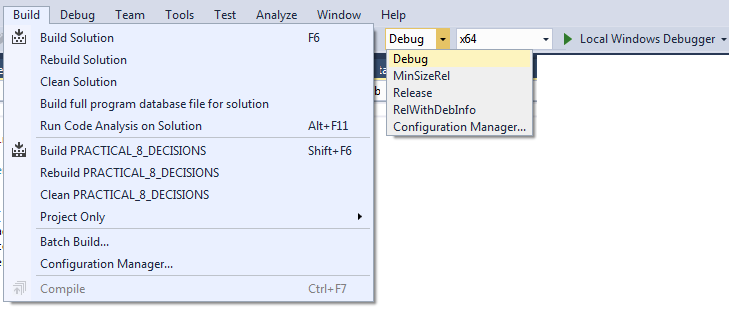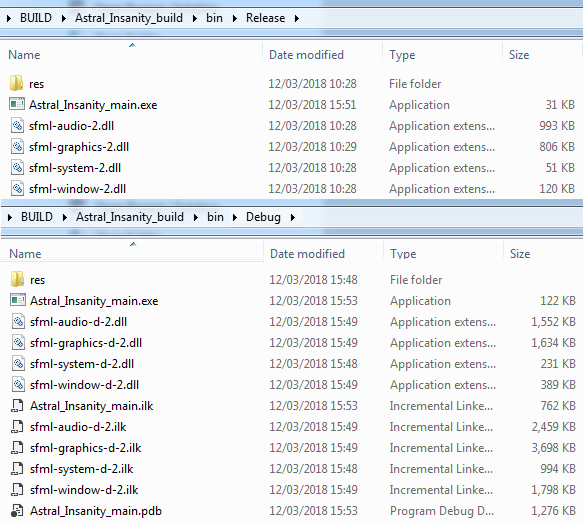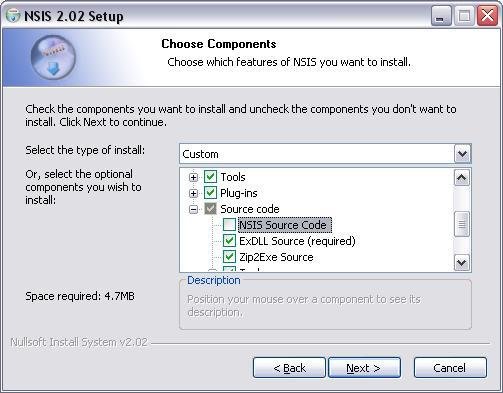# Lecture 19 - Releasing your game ### SET09121 - Games Engineering <br /><br /> Babis Koniaris/Tobias Grubenmann <br /> School of Computing. Edinburgh Napier University --- ## Release builds  <!-- .element width="60%" --> --- # Green Go button Moving beyond the Green button.  <!-- .element width="95%" --> --- # Runtime Resources  <!-- .element width="70%" --> --- # Release Builds Tidy up before you ship - Hide CMD window <!-- .element: class="fragment" --> - Don't assume resolution <!-- .element: class="fragment" --> - Pipe Exceptions to an error popup window <!-- .element: class="fragment" --> - Turn off any developer cheats <!-- .element: class="fragment" --> This should ideally be done automatically <!-- .element: class="fragment" --> --- # Runtime Resources What does your game need, and where does it look for it? --- # Static vs Dynamic Linking **Static Linking** - Larger .exe file <!-- .element: class="fragment" --> - No .dll / .so's generated <!-- .element: class="fragment" --> - Potential for better compiler optimisation <!-- .element: class="fragment" --> - Lock the version of libs <!-- .element: class="fragment" --> **Dynamic (Shared) linking** - Smaller .exe file <!-- .element: class="fragment" --> - Libraries compiled to .dll <!-- .element: class="fragment" --> - can reuse and share dlls already on the system <!-- .element: class="fragment" --> - Modders can hack/swap out your .dlls. <!-- .element: class="fragment" --> --- # Asset Pipeline During Development Vs Release * During **development**: * Assets need to be frequently iterated on/edited * Assets need to be in an artist-friendly form * Heavy/slow compression hurts iteration times * At **release**: * Assets are not modified anymore * Assets need to be in optimal form for game execution * Heavy compression is fine, as long as decompression does not hurt load times * Examples: * texture/mesh/sound compression * ... or conversion to game-ready formats --- # Asset Pipeline Out There * AAA studios do complicated things here. * Even UE4/Unity have complicated final "cooking" steps. * This should all be automated - more on this later * You probably do not need a custom asset pipeline --- # Installers Why? You could just deploy your game as a Zip file 1. Contain all your game files inside a single runnable .exe file - typically compressed. <!-- .element: class="fragment" --> 2. Show a dialogue wizard of some kind that let's the user select an installation folder. <!-- .element: class="fragment" --> 3. Extract your game files to the selected folder. <!-- .element: class="fragment" --> 4. Optionally create desktop/Start Menu Shortcuts. <!-- .element: class="fragment" --> 4. Install dependencies / registry values. <!-- .element: class="fragment" --> --- # Running as Admin ### HINT - This has been a recurring issue. Windows requires elevated permissions to touch `C:\Program Files` <!-- .element: class="fragment" --> The only time your game should need Admin Privileges is the installer, and it should work without it if a user installs to a non-protected space. <!-- .element: class="fragment" --> Consider where your save game files will go. <!-- .element: class="fragment" --> Perhaps look at where loads of other games save stuff? <!-- .element: class="fragment" --> --- # How  <!-- .element width="80%" --> --- # Un-Installers Make sure they work, and are added to Windows correctly. --- ## Continuous Integration --- # Continuous Integration Benefits - Ground Truth - no more "works on my machine" - Alerts on broken builds - especially useful for multi-platform - Signpost to others that your software still works - Links in well with Unit Testing --- # Continuous Integration Disadvantages - Might cost you! You're using someone else's computer to do work - Can be a bit of a faff to set up... but... - It is a *good idea* that most companies of a certain size and above use. - Check out AppVeyor or Github Actions for a way to integrate (heh) this into your current workflow --- ## Deployment Summary --- # Summary 1. Make sure your game works in Release 2. Understand everything your game needs to run. 3. Make an Installer & Uninstaller 4. Test your build automatically in the Cloud --- # TOP TIPS - Embed Version/Commit Numbers. - Automate Everything. - Avoid one-off mistakes, fix it once, it will always work - **Test it** - Test it on new machines, old machines, fresh machines, - Virtual machines, JKCC/VDS machines, your friends' machines --- --- ## IF YOUR CODE DOES NOT RUN ON MY MACHINE WHEN I TEST IT, YOU WILL LOSE MARKS! --- # TOP TIPS Test your code on other machines Check you have all the files included in the installer Check you have the right .dlls